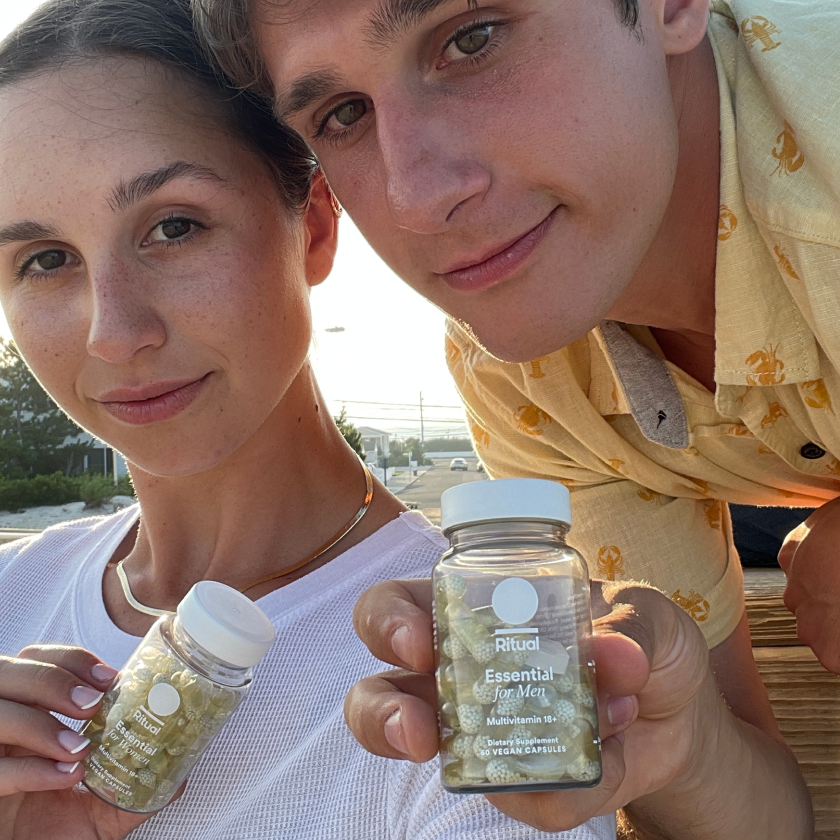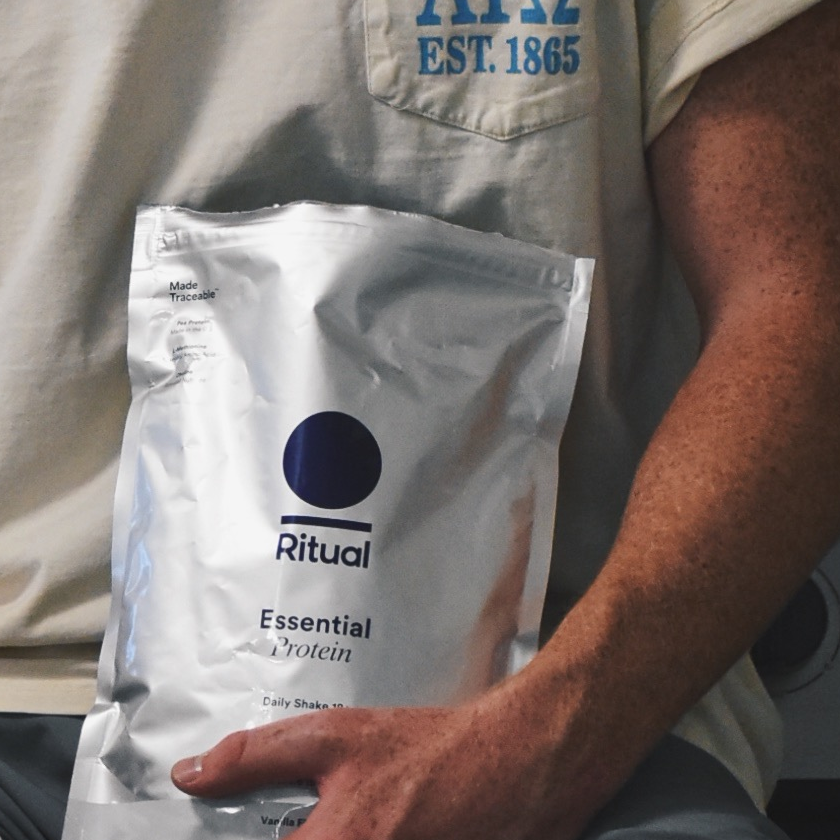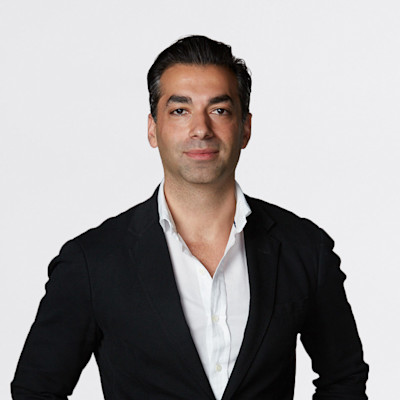Essential Takeaways
- Essential for Men 18+ and Essential for Men 50+ were scientifically developed to help fill nutrient gaps in men’s diets.*
- Both formulas are formulated with 10 nutrients, with factors like age, genetic variations, and dietary preferences in mind.*
The truth is, while a one-size-fits-all, complete multivitamin may be a nice thought, the data shows it might not be the most effective approach. Why? For starters, men and women have slightly different nutrient needs—and those needs will likely evolve throughout life.
Like our other daily multivitamins, Essential for Men isn’t just scientifically formulated to help fill gaps in men’s diets—we also designed it with considerations like age, genetic variations, and dietary considerations in mind.
Based on all this, we ultimately landed on 10 key nutrients, as well as two daily men’s formulas: Essential for Men 18+ and Essential for Men 50+. (For the younger set, we have Essential for Teens Multivitamin for Him, our minty multivitamin supplement featuring essential vitamins for teen boys ages 13-17—complete with omega-3 DHA and vitamin D3.)*
For starters, men’s diets may be falling behind.
Some of us may have blind spots when it comes to our nutrition. But according to the Healthy Eating Index—a national scoring system that monitors American dietary patterns over time—men are consistently scoring lower than women when it comes to things like fruit, vegetable, and whole grain intake. (1)*














